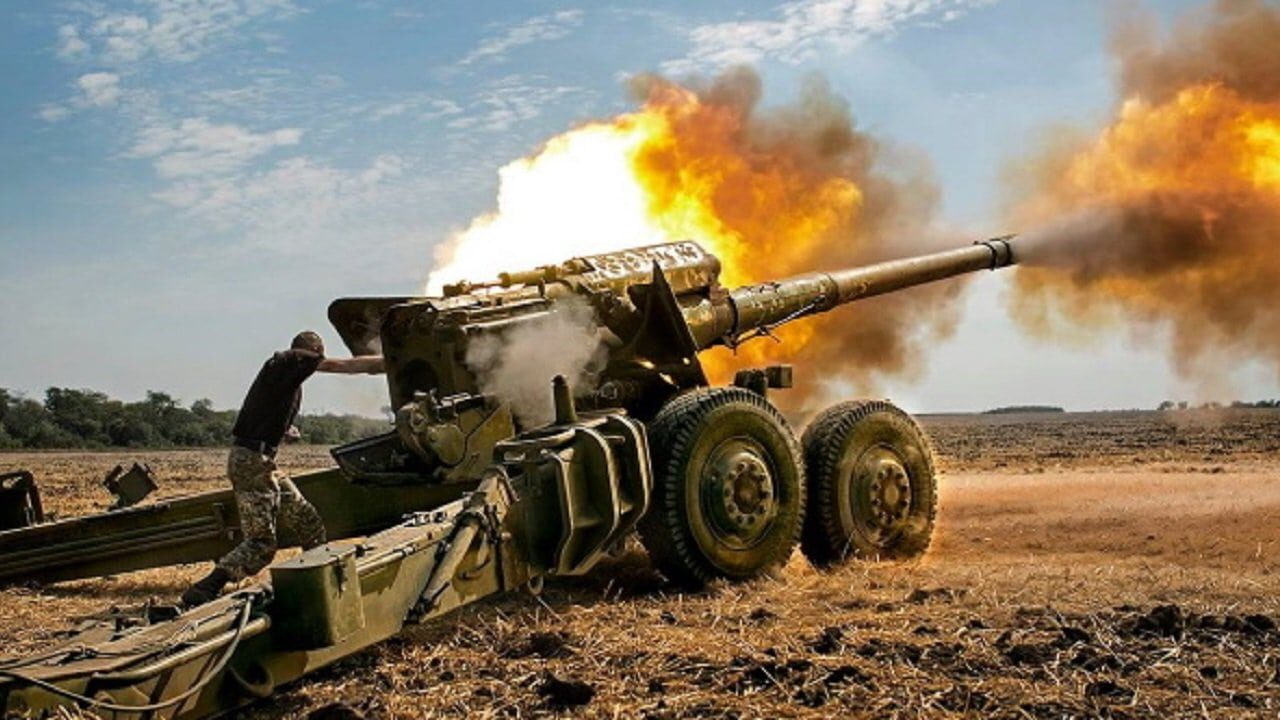Is Russia Preparing to Mobilize Half A Million New Troops to Fight in Ukraine? – Ukrainian military intelligence claimed this week that Russia isn’t content with the 320,000 additional soldiers recruited in the partial mobilization of troops announced in September and could be going ahead with plans to mobilize another half a million.
(Subscribe to Our YouTube Channel Here. Check out More 19FortyFive Videos Here)
According to Vadym Skibitsky, the Ukrainian deputy military intelligence chief, Putin is preparing to mobilize a further 500,000 conscripts as soon as this month.
The news directly contradicts the Russian president’s own suggestion that Russia has finished mobilizing troops and does not plan to recruit more soldiers from its reserves.
In December, Putin confirmed that many of the 300,000 new recruits had not made it to the battlefield, with just 77,000 on the front line and many on second or third lines.
“Among those 150,000 in the battle groups, only half – that’s 77,000 – are with frontline units, the rest are on the second or third lines, essentially performing the functions of territorial defense troops, or undergoing additional training,” the Russian president said at the time, confirming that there was no need for an additional mobilization of troops.
Just two weeks after Putin made the comments, however, he vowed in a televised meeting with the nation’s top officials to provide the military with “everything it is asking for” to ensure that the war in Ukraine could be won.
The Russian president also gave his backing to a proposal that would see an additional 500,000 troops added to the nation’s army.
Defense Minister Sergei Shoigu said that it was necessary to increase the size of Russia’s combat personnel to 1.5 million troops, but didn’t commit to deploying all of those troops to Ukraine.
Now, it looks like that decision may have been made with plans to escalate the conflict in mind.
They Still Need Weapons
An additional 500,000 troops in Ukraine is a lot, but it doesn’t do much to solve Russia’s ammunition and weapons shortage.
It is also unclear how Russia proposes to train such a large number of troops sufficiently to be deployed within a matter of weeks.
The news, if true, could therefore suggest that Russia has found new suppliers for technology and parts require to continue manufacturing new weapons or precision-guided missiles. It could also indicate that Russia has found a new foreign supplier of weapons, which could potentially be Iran.
Having already supplied drones to Russia, and committing in October to supply missiles as well, British intelligence last month revealed that Russia is attempting to acquire more weapons from Iran, including ballistic missiles. In return, Russia proposes providing Tehran with unprecedented technical and military support.
If Russia doesn’t have plans to solve its weapons shortage, deploying more troops could well be a death sentence for reservists.
Jack Buckby is 19FortyFive’s Breaking News Editor. He is a British author, counter-extremism researcher, and journalist based in New York. Reporting on the U.K., Europe, and the U.S., he works to analyze and understand left-wing and right-wing radicalization, and reports on Western governments’ approaches to the pressing issues of today. His books and research papers explore these themes and propose pragmatic solutions to our increasingly polarized society.

